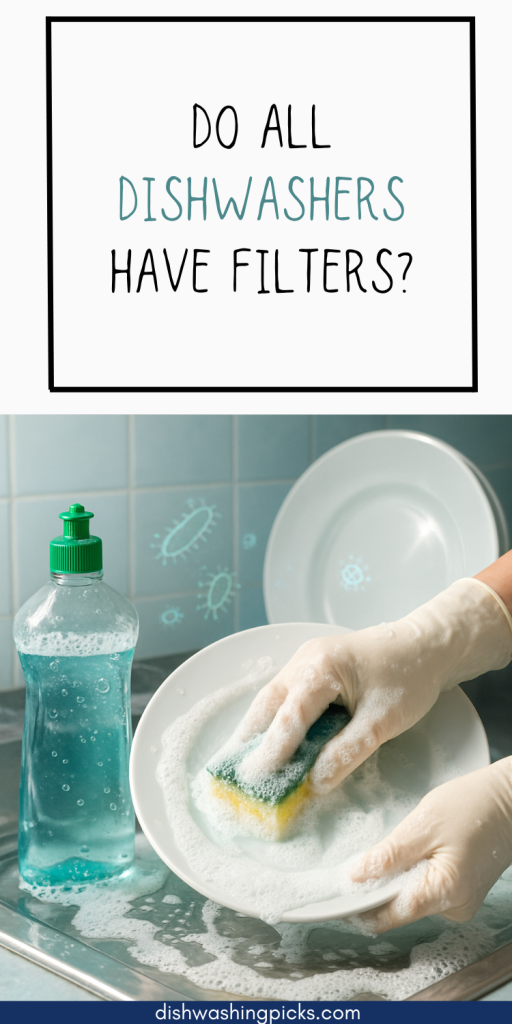
So, you’re scrubbing those plates and wondering: Does dishwashing soap actually kill bacteria? Good question! After all, when you’re washing dishes, you’re not just after that leftover spaghetti sauce or stubborn grease—you want your dishes to be safe and clean, right? But does soap really do the heavy lifting in getting rid of those pesky germs?
Imagine this: you’re rinsing off your favorite mug after a morning coffee. You want it sparkling clean, and obviously, free from bacteria. But here’s the thing — not all soaps are created equal, and the way dish soap works might surprise you.
In this article, we’ll unpack the science behind dishwashing soap, how it tackles bacteria (and when it might fall short), plus some practical tips to make sure your dishes are truly clean and safe. Ready? Let’s get into it!
How Does Dishwashing Soap Actually Work on Bacteria?
Alright, here’s the scoop: dishwashing soap isn’t like those hand sanitizers or disinfectants you see everywhere. It doesn’t exactly “kill” bacteria outright. Instead, it uses a clever trick involving something called surfactants (fancy word, huh?).
Surfactants are molecules in soap that love to mingle with both water and grease. Think of them as little party crashers that surround and trap oily grime—and, with it, all the bacteria hiding there. When you rinse the dishes, the soap and those trapped gunk-and-germs get washed right down the drain.
So, instead of killing bacteria, dish soap breaks them free from your dishes so they don’t stick around. Cool, right? But wait—does that mean soap can’t kill bacteria at all? Not quite. Some soaps have antibacterial agents, but most regular dish soaps rely on removing bacteria physically rather than nuking them chemically.
When Soap Isn’t Enough: Why You Might Need More Than Just Dishwashing Soap
You might be wondering, “If dish soap just washes bacteria away, could some germs survive the rinse?” Good catch! The truth is, some bacteria can be stubborn little buggers, clinging to crevices or biofilms on your dishes.
Also, water temperature matters big time. Warm or hot water helps loosen grime and kills off more bacteria, making your soap’s job way easier. On the flip side, cold water might leave more bacteria behind.
And if you’re dealing with something more serious—like raw chicken juices or moldy leftovers—regular dish soap alone might not cut it. In those cases, a dishwasher with a sanitizing cycle or a good soak in hot, soapy water can be a smarter move.
Pro Tips for Getting Your Dishes Truly Clean and Germ-Free
So, how do you make sure your dishes are safe after washing? Here are some easy tips:
- Use Hot Water: If you can tolerate it, crank up the heat. Hot water is your soap’s best friend.
- Scrub Well: Don’t just rinse and call it a day. Give those plates, utensils, and pots a good scrub to break down food bits and bacteria hiding in corners.
- Rinse Thoroughly: Soap residue can actually attract dirt later, so make sure to rinse off completely.
- Run Sanitizing Cycles: If your dishwasher has a sanitizing option, use it occasionally to kill germs that soap and water can’t handle.
- Replace Sponges Often: Sponges can be bacteria havens. Switch them out regularly or sanitize them in the microwave.
Wrapping It Up: So, Does Dishwashing Soap Kill Bacteria?
In short, dishwashing soap’s superpower isn’t killing bacteria outright—it’s more about busting up grease and loosening grime so bacteria don’t stick around. When paired with hot water and a bit of elbow grease, it does a pretty stellar job of making your dishes safe to use.
So next time you’re washing those plates, think of soap as your trusty sidekick who helps sweep away germs rather than a chemical warrior that destroys them. And if you want to be extra safe? Use those sanitizing cycles or boil your utensils now and then.
